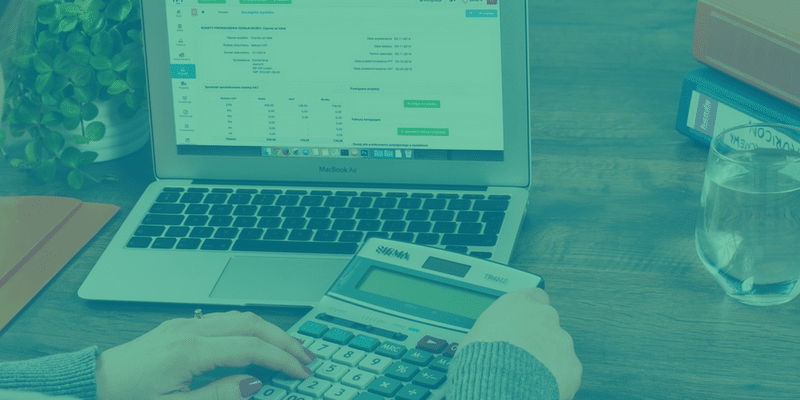Are you keen to understand the procure-to-pay process flow?
Well, before we dive into what P2P is and its procurement process benefits let’s first define the term.
In this way, we’ll be on the same page. Let’s get started.
What is Procure to Pay?
The Chartered Institute of Procurement and Supply (CIPS) provide us with a comprehensive definition of procure-to-pay, which is sometimes called purchase-to-pay:
“…process flow from requisition and purchase through to payment and accounting for purchases.”
Put another way, the procure-to-pay process flow is simply the full cycle of procurement actions that procurement teams rely upon to source requisitioned goods or services and pay for them when they are delivered.
The Procure-to-Pay Process Flow
The P2P cycle has six basic or core components but because of the complexity of individual enterprise operations, each procurement team may add an additional step here and there. We will only examine the standard P2P flow as highlighted below:
Step 1: Purchase Requisition
The primordial step in the procure-to-pay process flow is the requisition stage. What typically transpires during this initial step is the processing of requests for goods or services from different departments in the organization.
Each department makes a list of the goods or services that it needs including specifications and quantities and presents them to the purchasing team. The sourcing team then identifies a suitable vendor that has fulfilled previous orders from an internal database.
Step 2: Purchase Order
Once a qualified supplier has been duly identified, the buyer must quantify how much they want to purchase at this time and make sure they can afford it. If pre-existing contracts exist there is no need to renegotiate terms and conditions.
But if a new vendor has been brought on board there will be a need to establish terms and sign a contract before any goods can be delivered or services rendered.
With contracts in place, the procurement team can proceed to generate a purchase order (PO) and send it to the preferred vendor. A purchase order is a document that lists all the desired goods and or services complete with all relevant data such as colors, sizes, quantities, and pricing information.
Step 3: Order Confirmation
When the chosen supplier receives the PO, assesses the contents of the order, and has the capacity to fulfill the order, they accept it by sending back a confirmation of receipt.
The purchase order only becomes legally binding once the vendor accepts the responsibility to fulfill it by an agreed-upon turnaround time.
Step 4: Receipt of Goods/Services
The next stage in the procure-to-pay process flow is the delivery of the requisitioned goods and or services to the buyer.
The buyer has the task of examining the delivered order and checking that the PO has been correctly fulfilled with no deficits or damaged products. A quality assurance manager is generally tasked to help oversee this part of the process.
If the goods are in an acceptable condition, the buyer sends a confirmation to the vendor that they received the goods and the vendor can issue an invoice.
Step 5: Invoice Reconciling
The supplier can use the initial purchase order to generate an invoice for the buyer. Using the purchase order is a great way to ensure that everything is accounted for and there aren’t discrepancies between the PO and the invoice.
The finance team will reconcile the invoice with the procurement team before releasing payment. A three-way match is often employed here where the original PO alongside the delivery receipt and the invoice are compared to verify that all information submitted is accurate.
Step 6: Invoice Payment
With the 3-way matching process complete, the accounts payable department then pays the vendor according to the terms and conditions laid out in the contract. Once payment has been issued, the transaction is recorded in the business ledgers and the transaction is closed.
Procure-to-Pay Solutions
Procurement teams have a plethora of procure-to-pay process flow solutions at their fingertips that serve to make the process of handling each of these steps easier.
These solutions can be integrated into most ERP platforms. ProcurePort provides enterprises with some of the leading P2P solutions on the market including:
· Purchase Requisition Software
· Reverse Auction Software
· RFP-RFI-RFQ Software
Purchase Requisition Software
Automation is the future of procurement. Instead of sitting down to make requisition requests, with ProcurePort purchase requisition software, it’s a matter of simply automating and forgetting.
Vendors will receive purchase orders on a pre-determined schedule leaving procurement teams with ample time to focus their energies on more pressing tasks.
Reverse Auction Software
Undoubtedly one of the major areas of concern for any enterprise is keeping addressable spending on the lower side of things.
Reverse auction software allows organizations to save up to 40% of this spending while making it easier for vendors to engage in competitive bidding.
RFP-RFI-RFQ Software
Qualifying new vendors has never been easier thanks to RFP-RFI-RFQ software.
In the event that your current contracted suppliers do not have the capacity to meet and fulfill orders, you can turn to this pragmatic supplier vetting solution to find another vendor to meet your requisitions.
The Bottom Line
The modern procure-to-pay process flow is much less complex thanks to the prevalence of sophisticated tech solutions that make sourcing in the supply chain easier.
If you would like to discuss your enterprise procurement tech needs with a consultant or to schedule a demo of our suite of procurement solutions contact us today.










